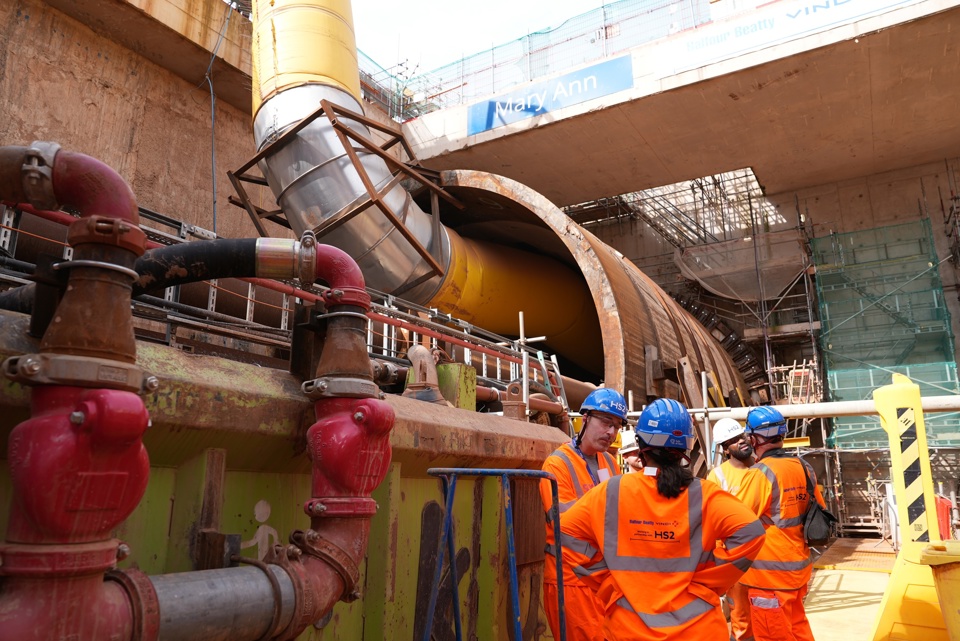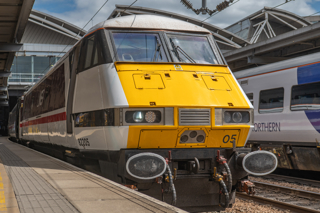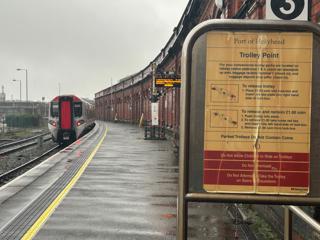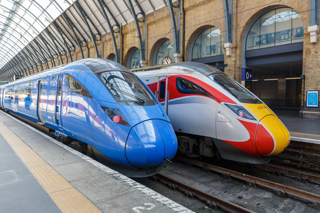Work on HS2’s Bromford Tunnel in East Birmingham has reached a major milestone, with the first tunnel boring machine (TBM) reaching the halfway point of the 3.5-mile-long twin-bore tunnel.
The 1600-tonne TBM, called ‘Mary-Ann’, has been digging since July last year and has evacuated and built 1.75 miles of the first bore of the tunnel, reaching the mid-way ventilation shaft that has been sunk in the Castle Vale area of the city.
At its deepest level the Bromford Tunnel will be around 40 metres underground. It is being dug from Water Orton in North Warwickshire, through to Washwood Heath in Birmingham, where it is expected to break through early next year.
A second TBM called ‘Elizabeth’ began its drive towards Washwood Heath in March and is due to break through towards the end of 2025.
The tunnel boring machines have had to pass under the Park Hall Nature Reserve and River Tame, as well as the M6, Bromford viaduct, and various other pieces of vital infrastructure, including electricity substations and pylons. They are also having to dig through Mercia Mudstone, which isn’t the easiest material to tunnel through.
Steve Powell, HS2’s Head of Delivery, explains: “Mercia Mudstone is a hard rock, but when you add water it turns into clay. It’s very difficult to mine in. We have to take all the mudstone from the front of the TBM and bring it out. Then it goes into our onsite slurry-treatment plant.”
The two TBMs will remove 1.87 million tonnes of excavated material, which is being reused on nearby sites at the Delta Junction, where a complex network of 13 viaducts is being built. HS2 has built dedicated roads between these construction sites, including direct access from the M6/M42 link roads, in order to take lorries off public roads.
In all more than 20,000 concrete tunnel segments will be used on the tunnel. They have been produced at Avonmouth near Bristol. HS2 has been using a production facility formerly used for the construction of the Hinkley C nuclear power station. Around 95 per cent of the segments needed for the Bromford Tunnel have already been manufactured.
The tunnel’s 7.75 metre diameter is smaller than other HS2 tunnels. This reflects the slower speed of trains heading into and out of Birmingham, which will be restricted to 230kph, rather than the 360kph elsewhere.
Jules Arlaud, Tunnelling Director for Balfour Beatty VINCI said: “Reaching the halfway point on this complex stretch of the HS2 route into Birmingham is a great milestone for our 180-strong tunnelling team. We’re looking ahead now to delivering the final stages of tunnelling, and celebrating the breakthrough of both TBMs at Washwood Heath next year.”
In preparation for the arrival of the TBMs at Washwood Heath, a huge earthworks operation has been completed by a team of 130 people to build the tunnel’s west portal, which at 22 metres below ground is the deepest of the four tunnel portals on the Midlands section of the HS2 route.
















Login to comment
Comments
No comments have been made yet.